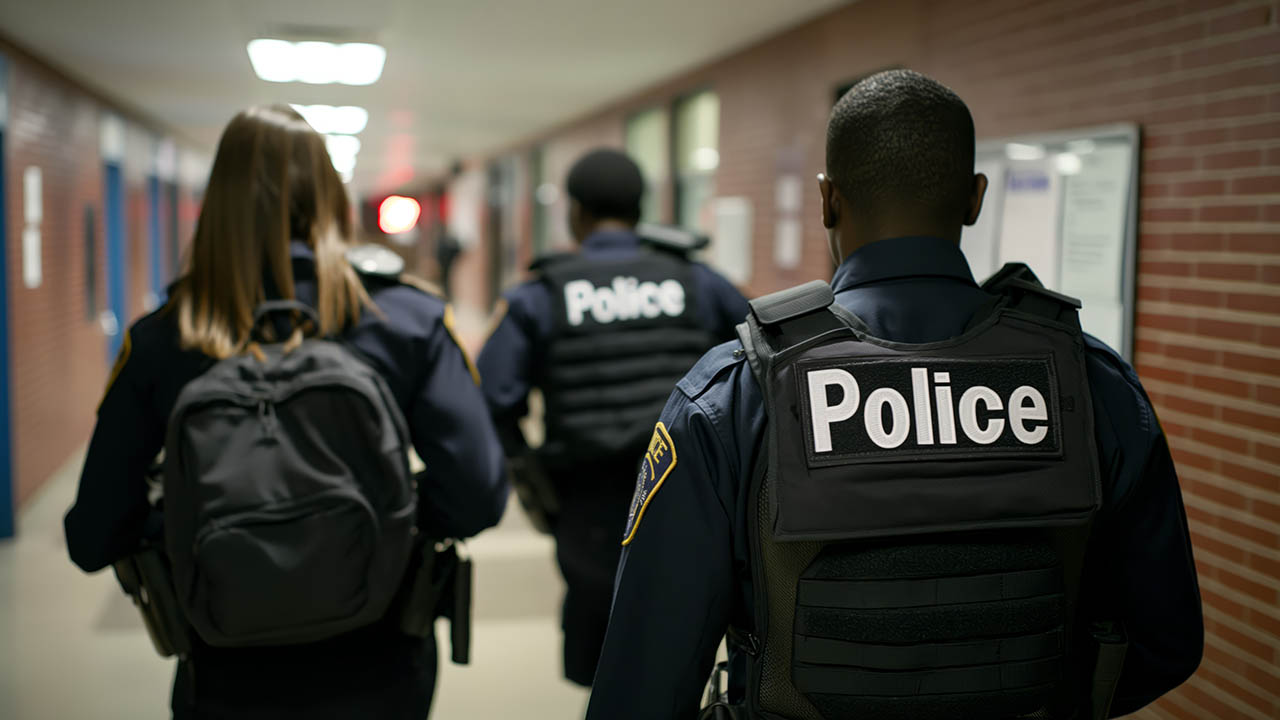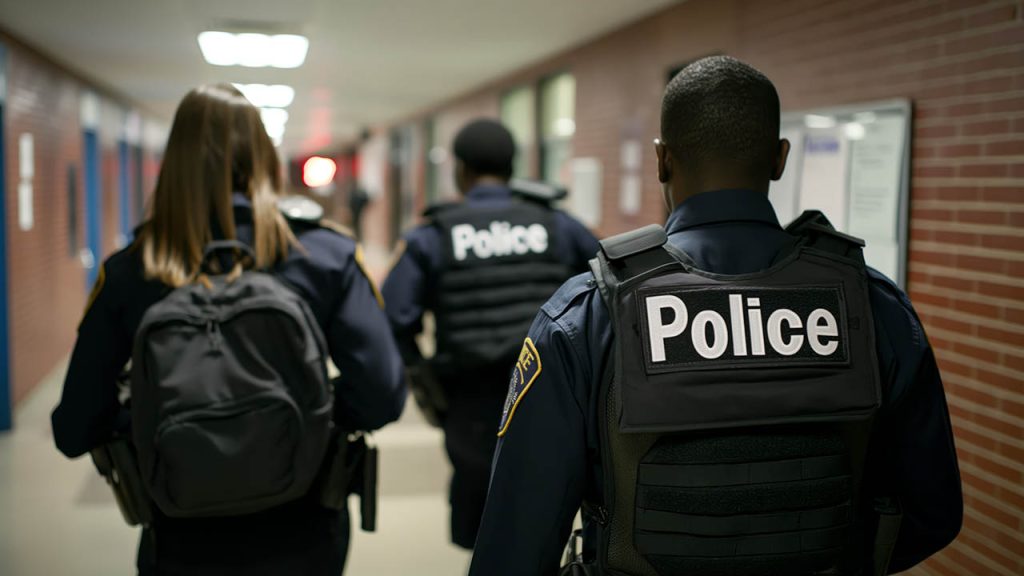
School Districts Prepare for Major Staffing Cuts as ESSER Winds Down
When COVID-relief funds run out in the coming year, a majority of school districts will reduce spending on many of the staff members they hired with those funds, including behavioral-health personnel, tutors, reading specialists, and teachers for summer learning programs.
Meanwhile, 40 percent of district leaders said they’ve adjusted their initial plans for spending federal dollars based on feedback from parents, according to a new survey of more than 600 superintendents nationwide. Close to 3 in 10 said procurement delays and student outcomes from their earlier investments also affected how they spent later rounds of federal COVID aid, which came in three buckets known colloquially as ESSER I, II, and III.
These figures come from the newly released fourth installment in an ongoing series of surveys from AASA, The School Superintendents Association. The group has been conducting periodic surveys of the field throughout the pandemic to track progress on ESSER spending. This latest one collected responses from 650 superintendents in 47 states.
It sheds new light on spending cuts districts anticipate making as their temporary boost in federal funding wraps up. It also shows that many districts plan to eliminate the positions and programs those federal dollars helped pay for when those funds are no longer available.
The survey report quotes district leaders like Stacey Cole, the superintendent of the Storm Lake schools in Iowa, lamenting the tough choices they’ll have to make once a crucial funding source of recent years is no more.
“I wish there was a way for high-poverty schools like mine to have extended-year funding so our kids could be safe for more months of the year and receive activities they love and want to come to school for all year long,” Cole wrote.
Facilities and social-emotional support are among the big-ticket items
School districts are racing to spend the remaining funds Congress approved in 2020 and 2021 to help them recover financially from the pandemic and emerge stronger from a period of unprecedented disruption. The top three categories of investment so far, according to the survey, include:
- “Whole child” supports for students, like mental health counseling and social work
- Facilities improvements
- Programs to engage high school students and prepare them for graduation
The second-biggest priority overall for districts has been of particular focus in urban and rural areas. Sixty percent of urban districts and 50 percent of rural ones said they planned to use ESSER dollars for building improvements; only 33 percent of suburban superintendents said the same.
Facilities improvements encompass more than just replacing leaky roofs and aging pipes. One district leader who answered the survey said the district’s ESSER investments included “putting in an ADA bathroom, stage lift, and a van with a ramp.”
School finance experts are urging schools and states to begin planning now for their post-ESSER financial futures—not just by preemptively cutting staff but by examining existing investments, shifting programs or staff to different funding sources, and strategizing to get the most out of current staff members.
Superintendents nationwide are facing pressure to demonstrate that ESSER dollars were spent wisely and that students whose academic and social-emotional outcomes have improved won’t regress once those dollars are gone. AASA also continues to urge the federal government to give districts more flexibility to spend ESSER funds past the current deadline of late 2024.
Dig Deeper With Our Longreads
Newsletter Sign up to get our best longform features, investigations, and thought-provoking essays, in your inbox every Sunday.
The MEN was founded by John Huber in the fall of 2020. It was founded to provide a platform for expert opinion and commentary on current issues that directly or indirectly affect education. All opinions are valued and accepted providing they are expressed in a professional manner. The Maryland Education Network consists of Blogs, Videos, and other interaction among the K-12 community.





